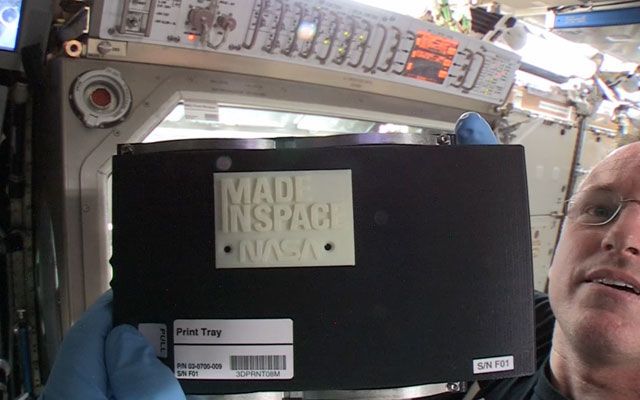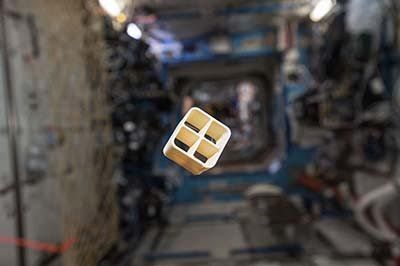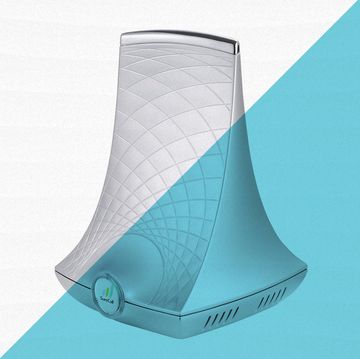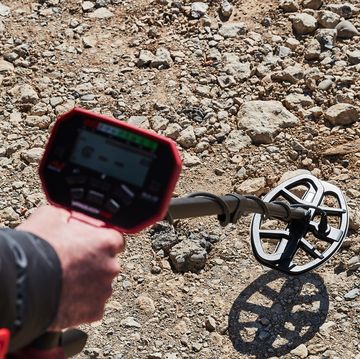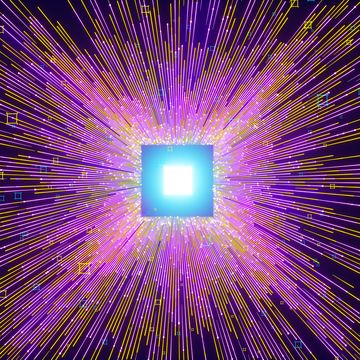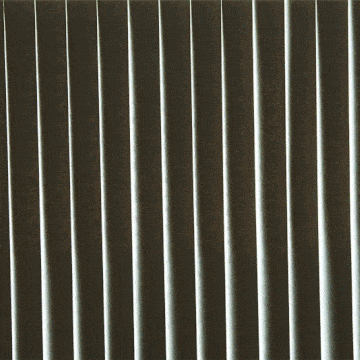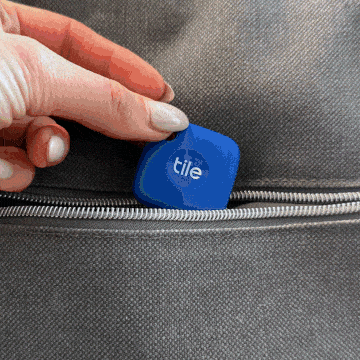Space is very far away from Earth, which poses some problems for the people living there. Suppose something breaks. You'll need both the replacement part and the tool to install it, and it's impossible to send those things directly from the ground on short notice.
This means that the astronauts aboard the ISS must have a whole bunch of spare tools and parts handy, which creates another problem. Sending that much stuff into space is not cheap, especially if much of it will never be used.
For the past few years, American company Made In Space has been working on solving that problem by developing a new way to get tools and parts into orbit: 3D printing, which is already commonly used on Earth to make all sorts of strange things. In space, 3D printing can be used to manufacture niche tools and parts when they're needed, so astronauts don't have to carry extra stuff into orbit.
Until now, the benefits of 3D printing on the ISS were limited to the interior of the station. The plastics used by the space station's 3D printer, ABS and Green PE, can't handle the stresses of the vacuum of space. But now Made In Space has successfully printed with a new kind of plastic, which can be used on spacewalks outside the station.
That new type of plastic is called PEI/PC, which stands for polyetherimide/polycarbonate, and it's several times stronger than the plastics being printed on the ISS before. PEI/PC is traditionally used in the aerospace industry for its strength, and that makes it perfect for work on the space station.
"In a vacuum, [PEI/PC] is not going to [emit particles], it's resistant to the UV environment, it's resistant to atomic oxygen, so it can perform actual uses in space," says Matt Napoli, vice president of Made In Space.
With this new plastic, the 3D printer can now print tools for use on spacewalks, and even parts to be installed on the outside of the space station itself. This might also open up opportunities for future missions that couldn't be accomplished before.
For instance, Made In Space is hoping to use the ISS as a launch pad for small satellites that are built onboard the station using 3D-printed PEI/PC. These small satellites can then be launched much more cheaply than from the ground.
"We're looking to build the structure of a satellite [on the ISS with PEI/PC], integrate electronics from the ground, and deploy the satellite from the space station," said Napoli. This could save money and make it easier for small companies, universities, or teams to build and deploy small satellites.
Printing in PEI/PC is important for another reason, too. Made In Space is also working on building a new 3D printer that will operate entirely in the vacuum of space, called Archinaut. When it launches in 2018, Archinaut will use 3D printing to construct entire satellites in space, and it will likely use PEI/PC to do so.
Thanks to Made In Space, working in orbit has never been easier.
